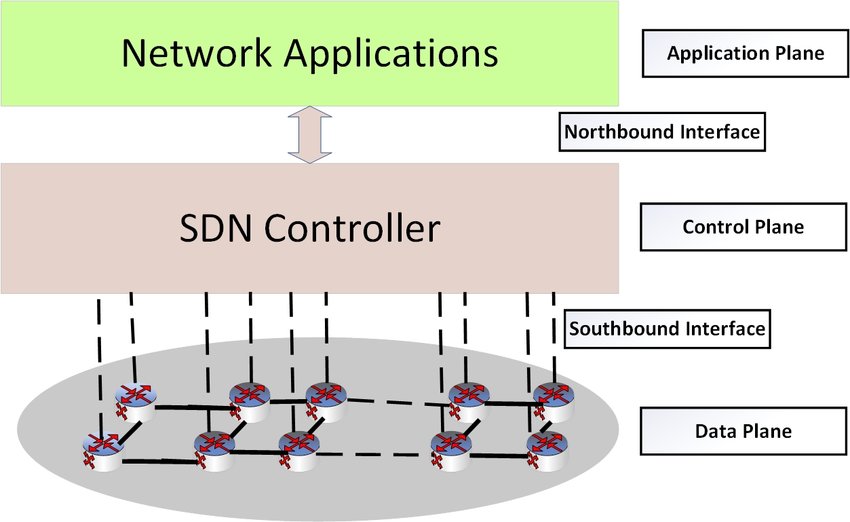Understanding Software Defined Networking (SDN): Concepts and Use Cases
In today’s digital world, network infrastructure is evolving rapidly to meet the growing demands of cloud computing, big data, and IoT. One of the most transformative advancements in this space is Software Defined Networking (SDN). This emerging network architecture approach separates the control plane from the data plane, offering increased flexibility, centralized control, and dynamic network management. This article provides a comprehensive overview of SDN concepts and explores its real-world use cases.
What is Software Defined Networking (SDN)?
Software Defined Networking (SDN) is a modern network architecture designed to simplify and optimize network management. Traditionally, each network device—such as switches and routers—had both the control and data planes built into it. The control plane determines how packets are forwarded, while the data plane actually forwards the packets. In SDN, these functions are decoupled.
The control plane is centralized in an SDN controller, which acts as the brain of the network. It communicates with network devices using protocols like OpenFlow. The data plane, on the other hand, remains on the physical devices, executing forwarding decisions as instructed by the controller. This separation enhances network programmability and enables administrators to manage traffic flows more effectively.
Key Concepts of SDN
- Centralized Control
The SDN controller offers a global view of the network, allowing for real-time decision-making and network-wide policy enforcement. - Programmability
Network administrators can programmatically manage and configure network behavior using software applications, eliminating the need for manual configuration on individual devices. - Open Standards and APIs
SDN promotes interoperability by leveraging open protocols like OpenFlow and northbound APIs, which allow third-party applications to interact with the controller. - Abstraction
SDN abstracts the underlying hardware, making it easier to manage complex network environments through software-based logic.
Benefits of SDN
- Agility: Quickly adapt to changing network conditions or requirements.
- Cost Efficiency: Reduce operational and capital expenses by centralizing management and using commodity hardware.
- Enhanced Security: Implement security policies uniformly and detect anomalies through centralized monitoring.
- Scalability: Easily scale up or down based on demand without overhauling the infrastructure.
Real-World Use Cases of SDN
1. Data Center Optimization
SDN is widely adopted in data centers to simplify management and improve resource utilization. It enables dynamic load balancing and rapid provisioning of resources, which are essential in cloud environments.
2. Network Function Virtualization (NFV)
SDN works hand-in-hand with NFV to replace traditional hardware-based network devices with software-based services. This is especially useful in telecommunications, where services like firewalls, load balancers, and VPNs can be deployed virtually.
3. Campus and Enterprise Networks
Organizations use SDN to gain better control over their campus and enterprise networks. It facilitates easier deployment of access controls, enhances performance monitoring, and simplifies troubleshooting.
4. 5G and Mobile Networks
With the rollout of 5G, SDN is playing a crucial role in managing complex, multi-layered mobile networks. It allows telecom providers to dynamically allocate bandwidth and manage resources efficiently.
5. Cybersecurity and Threat Detection
By providing a centralized view and control, SDN enhances network security. Anomalous behavior can be quickly detected and mitigated by dynamically adjusting network policies or isolating affected segments.
Future of SDN
The future of SDN looks promising with growing integration into AI and machine learning technologies. These can enhance SDN controllers with predictive analytics and automated decision-making, making networks even smarter and more autonomous.
Conclusion
Software Defined Networking represents a significant shift from traditional networking paradigms. By centralizing control and enabling programmability, SDN provides the flexibility, scalability, and efficiency needed in modern network environments. As industries increasingly rely on digital infrastructure, the adoption of SDN is set to grow, driving innovation and improving operational efficiency across sectors.







